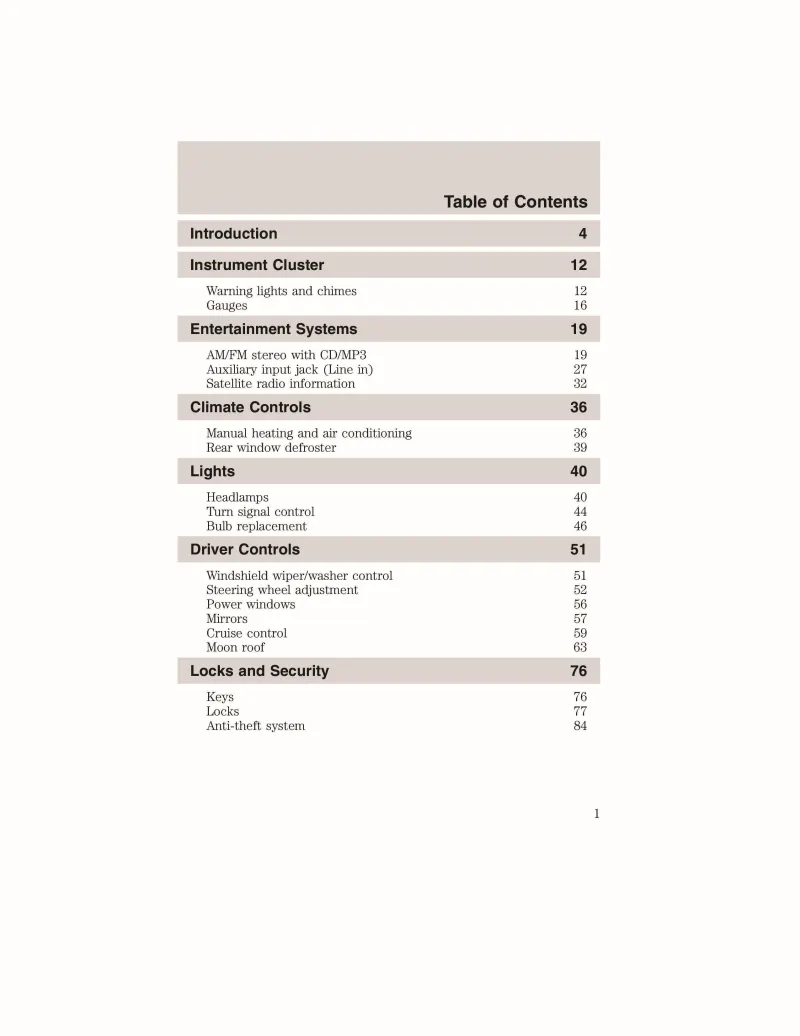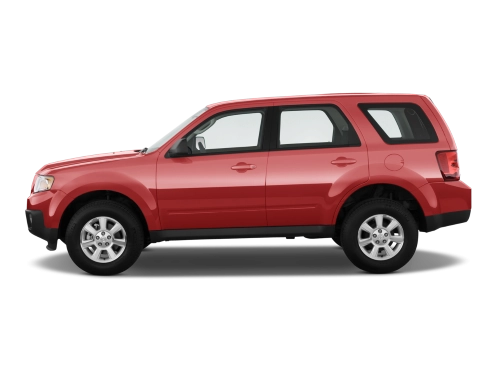2010 Mazda Tribute Owner's Manual

Table of Contents
2010 Mazda Tribute Overview
Introduction
The 2010 Mazda Tribute is a compact SUV that seamlessly blends practicality with a dash of fun, delivering a driving experience that's both spirited and versatile. Designed for urban adventures as well as family getaways, the Tribute is poised to attract a diverse range of drivers seeking an engaging ride within a spacious and functional vehicle.
Powertrains
The 2010 Mazda Tribute offers two robust powertrains to cater to different performance preferences. The base model is equipped with a resilient 2.5-liter four-cylinder engine that produces 171 horsepower, providing a balanced balance of efficiency and capability. For those seeking more power, the optional 3.0-liter V6 engine ramps performance up to a commendable 240 horsepower, ensuring swift acceleration and secure highway merging. Both engines can be paired with either a smooth-shifting six-speed manual transmission or an available six-speed automatic, with all-wheel drive offered for enhanced traction in varying conditions.
Trims
The Tribute comes in three well-equipped trims: the base i, the mid-level s, and the more luxurious Touring. The i trim focuses on value and essential features, while the s trim adds a host of convenience features such as keyless entry and upgraded audio. For those who desire a more refined experience, the Touring trim includes leather upholstery, a premium sound system, and advanced technology options, making every journey more enjoyable.
Features
Equipped with a range of features, the 2010 Mazda Tribute enhances occupant comfort and entertainment. Standard features include air conditioning, power windows and door locks, and an optional navigation system for modern convenience. Safety is also prioritized, with available features like antilock brakes, stability control, and multiple airbags ensuring peace of mind on the road.
Owners Manual
The 2010 Mazda Tribute comes with a comprehensive owner's manual that serves as a valuable resource for new owners. This guide includes detailed information on vehicle maintenance, safety protocols, troubleshooting, and features, ensuring that owners can maximize their driving experience while keeping their Tribute in top-notch condition.
User manual download
The Mazda Tribute owner manual for the 2010 model year is to be found in PDF downloadable format on this page. The owner manual for the model year 2010 is free and in English, but the repair manuals are usually not easy to get and may cost more.
Manual Questions
Fill the form below and someone will help you!

